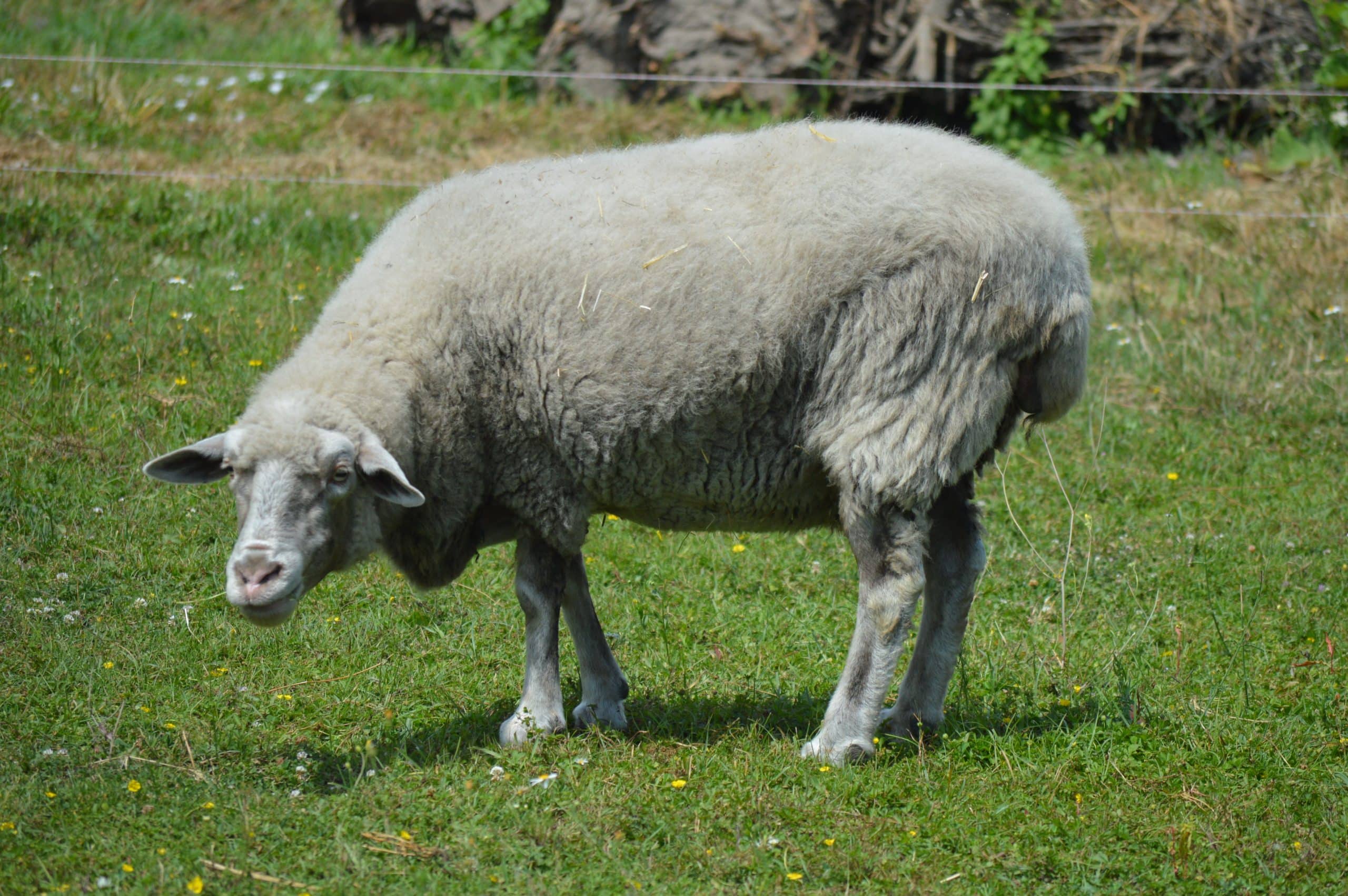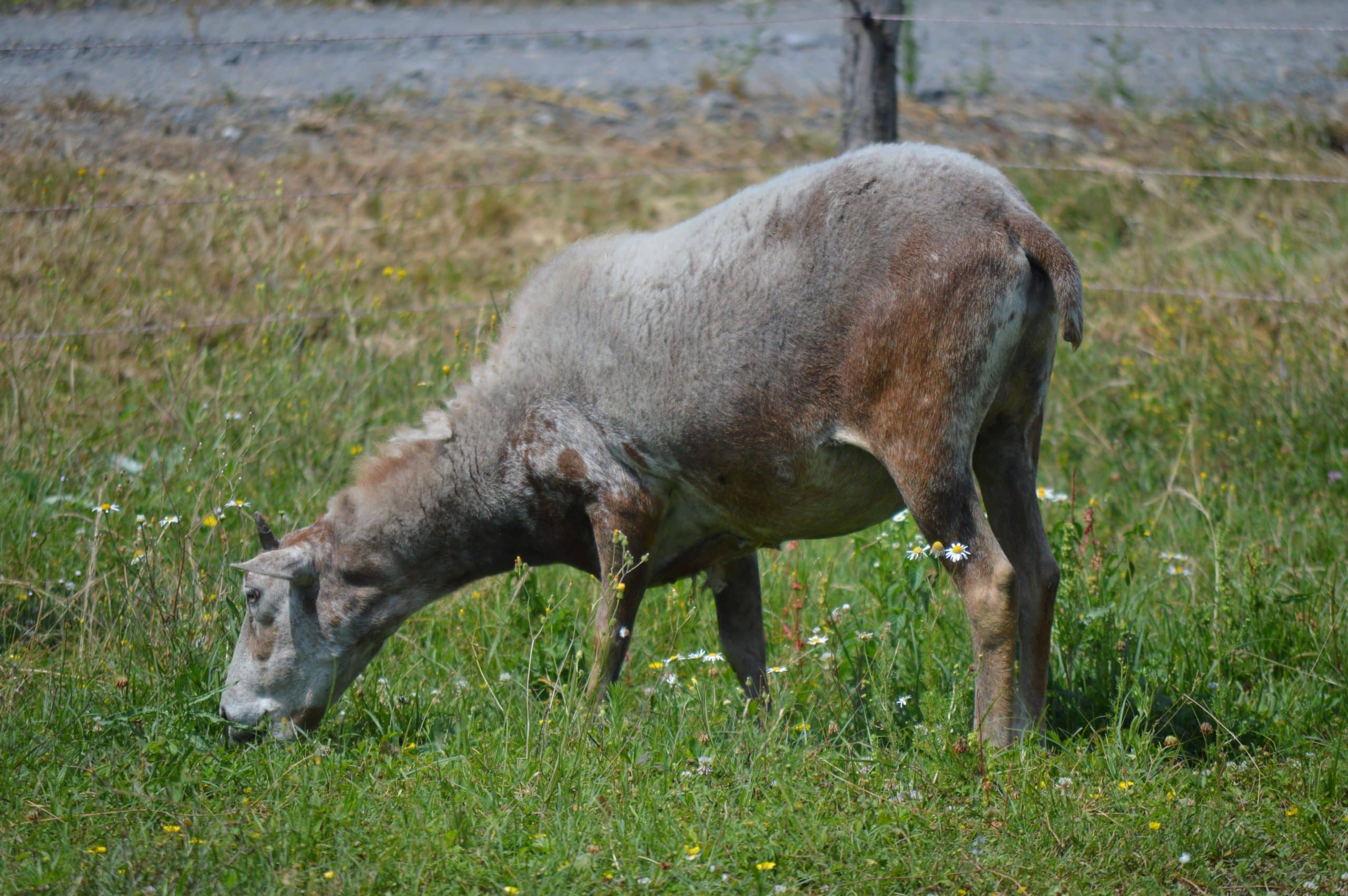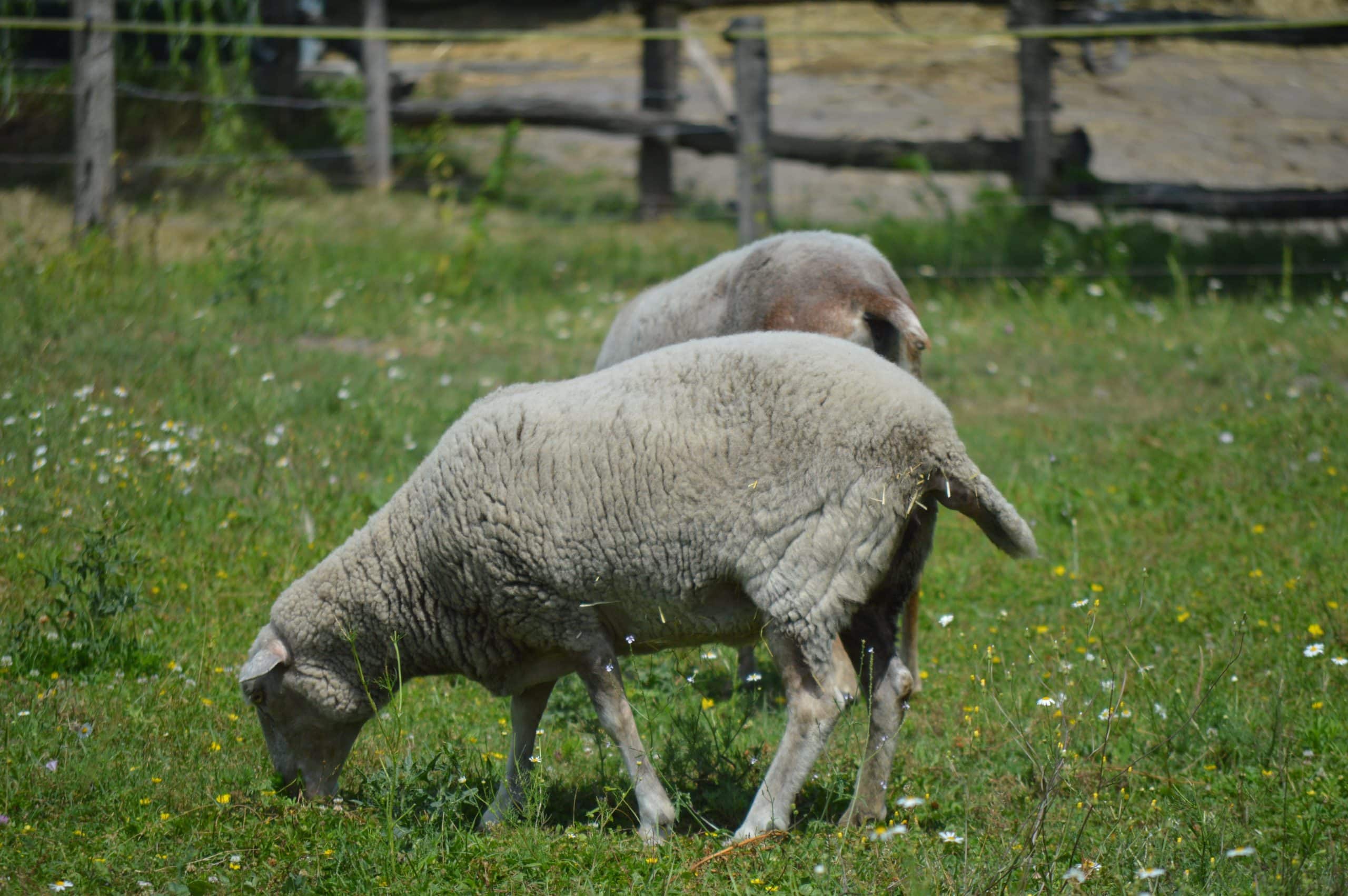In the past, original geldings were bred with uneven coloring, often black and pigmented. Thoroughbred geldings are white.
Sheep are adaptable. In the original gelding, horniness is relatively common in both sexes.
It has the ability to adapt to the harsher conditions of the mountain and foothills of central and northern Slovakia.
Improved Wallachian sheep belong to our national breeds and are the most numerous breed of sheep in Slovakia.
Only a small population of the original Wallachian sheep is bred in Slovakia, which is included in the gene reserves of endangered animal species.
It is not the kind of sheep that bows its head and eats everything around it – it first monitors the pasture and then begins to graze. When he has a digestive problem, he also consumes herbs that are normally poisonous. For example when it needs to get rid of parasites, it eats a fern.
In the twentieth century, the breed of the original wallah was crossed with other breeds with finer fur and higher utility. The breeding of the original gelding was so thorough that it was almost forgotten, and around 1980 it was said to be rarer than the Siberian tiger.
Wallachia has a three-sided utility – milk, meat and wool.






